Sourcing goods in China, finding the right traders, and directly connecting with manufacturers can significantly enhance your supply chain efficiency and cost-effectiveness. Here’s a step-by-step guide to help you navigate the process in 2025:
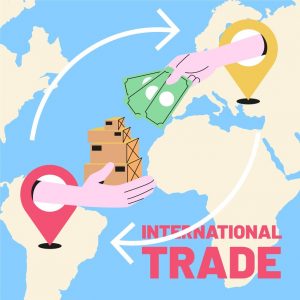
1. Research and Identify Your Product Needs
- Know Your Product: Have a clear understanding of the product you wish to source. Be specific about features, quality, and the quantity you need.
- Market Trends: Understand market demand and trends for the products in your region. This helps you choose the right suppliers who can provide what’s in demand.
- Customization: Decide if you need customizations or just ready-made products. Some suppliers specialize in custom manufacturing, while others focus on off-the-shelf goods.

2. Find the Right Traders and Suppliers
- B2B Platforms: Start by using well-known B2B platforms such as Alibaba, Global Sources, or Made-in-China.com. These platforms list suppliers, including traders and manufacturers, from various industries.
- Pro Tip: Look for suppliers with high ratings, verified business licenses, and good reviews. Prioritize those who are “Gold Suppliers” on Alibaba or have been verified by third-party inspection services.
- Trade Fairs and Exhibitions: Attend trade fairs like the Canton Fair (Guangzhou) or Yiwu International Commodities Fair. These events are excellent for meeting suppliers in person and negotiating deals face-to-face.
- Industry-Specific Directories: Depending on the product type, look for directories or industry groups that list reputable manufacturers and traders in specific fields (e.g., electronics, textiles, etc.).
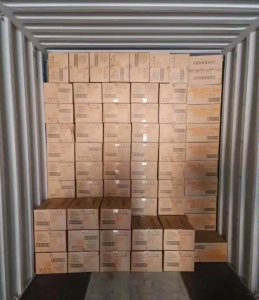
3. Direct Contact with Manufacturers
- Factory Search: Use online platforms, local trade shows, or agents to directly connect with manufacturers. For larger orders or unique products, it’s often best to deal directly with the factory.
- Supplier Directories: Websites like HKTDC (Hong Kong Trade Development Council) and China Yellow Pages list manufacturers by region and industry. These can help you connect directly with factories.
- Sourcing Agents: Hiring a local sourcing agent who speaks Mandarin and knows the local market can be invaluable for finding the best manufacturers. They can help you filter out low-quality suppliers and negotiate better terms.
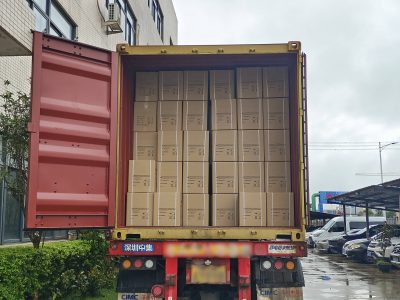
4. Evaluate Suppliers (Manufacturers vs Traders)
- Manufacturers: Manufacturers produce goods themselves, and they often offer better pricing and customization options. However, they may have higher minimum order quantities (MOQs) and longer lead times.
- Traders: Traders act as intermediaries between you and manufacturers. While they may offer a broader range of products and lower MOQs, they may charge higher prices since they add a markup for handling orders and sourcing.
- Key Questions:
- Does the supplier have the capacity and certifications (ISO, CE, etc.) to meet your quality standards?
- What is their lead time, and do they provide quality control measures?
- Do they have references or reviews from other international clients?

5. Request Quotes and Samples
- Detailed Quotes: Ask for detailed quotes that include product price, shipping fees, taxes, and payment terms. Make sure the quotes reflect your specifications to avoid surprises later.
- Samples: Always request samples before placing a bulk order to inspect the quality. Evaluate the samples against your expectations and check for consistency with the product specifications.

6. Negotiate Terms and Payment
- Negotiation Tactics: Don’t be afraid to negotiate. Many suppliers in China expect some level of negotiation, especially on price and shipping terms.
- MOQ: Some suppliers may be flexible with minimum order quantities (MOQ) if you explain your needs or if you commit to future orders.
- Payment Terms: Generally, suppliers ask for a 30-70% advance payment, but you can negotiate better terms depending on your relationship with the supplier. Secure payments through Trade Assurance on platforms like Alibaba for more protection.
- Incoterms: Understand shipping terms (e.g., FOB, CIF, or EXW) to avoid confusion about who bears responsibility for shipping costs and risks.
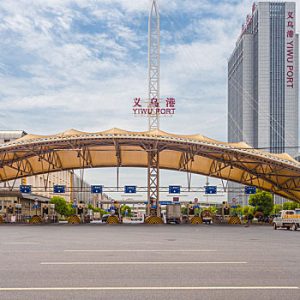
7. Verify and Inspect Factories
- Factory Audits: It’s a good idea to conduct a factory audit through a third-party inspection service (e.g., SGS, Bureau Veritas). This ensures the factory is legitimate and meets your quality and operational standards.
- Factory Visits: If possible, visit the factory in person to verify its operation and meet the manufacturer. This builds trust and ensures better communication down the road.
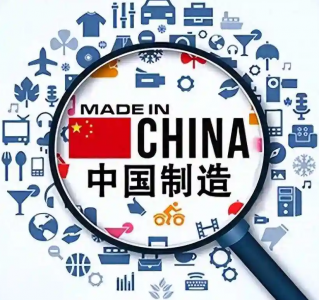
8. Logistics and Shipping
- Shipping Options: Decide whether you want to ship by sea, air, or rail. Sea freight is cheaper but slower, while air freight is faster but more expensive.
- Customs: Make sure the supplier provides the necessary documentation for import and customs clearance in your country (e.g., invoices, packing lists, certificates of origin).
- Warehousing: If you plan to store goods in China before shipping, explore options like warehousing or third-party logistics (3PL) services.
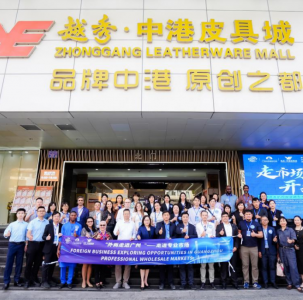
9. Quality Control and After-Sales Support
- Inspections: Regular inspections during production (pre-shipment or in-process) can help ensure that the product quality is up to par.
- After-Sales Service: Ensure the supplier offers after-sales support in case there are any issues with the product. A good supplier should handle defects or discrepancies swiftly.
By following these steps, you’ll be better equipped to source goods directly from China and find reliable manufacturers or traders who can meet your needs. Building a strong relationship with a trustworthy supplier is key to long-term success.
Would you like help identifying specific platforms or suppliers for your product category, or guidance on negotiating with manufacturers?


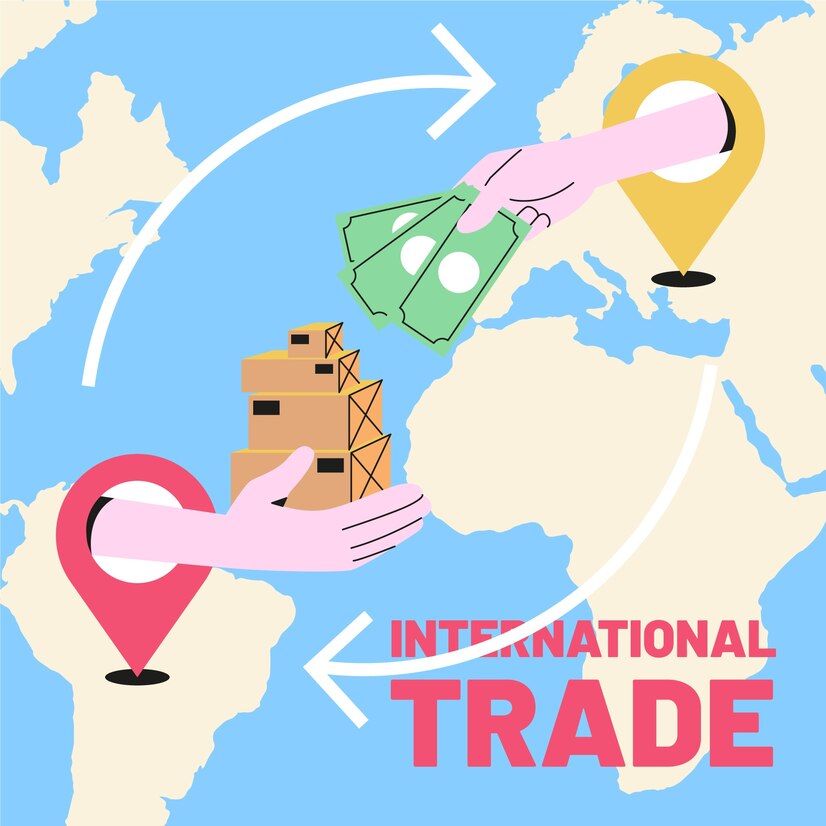
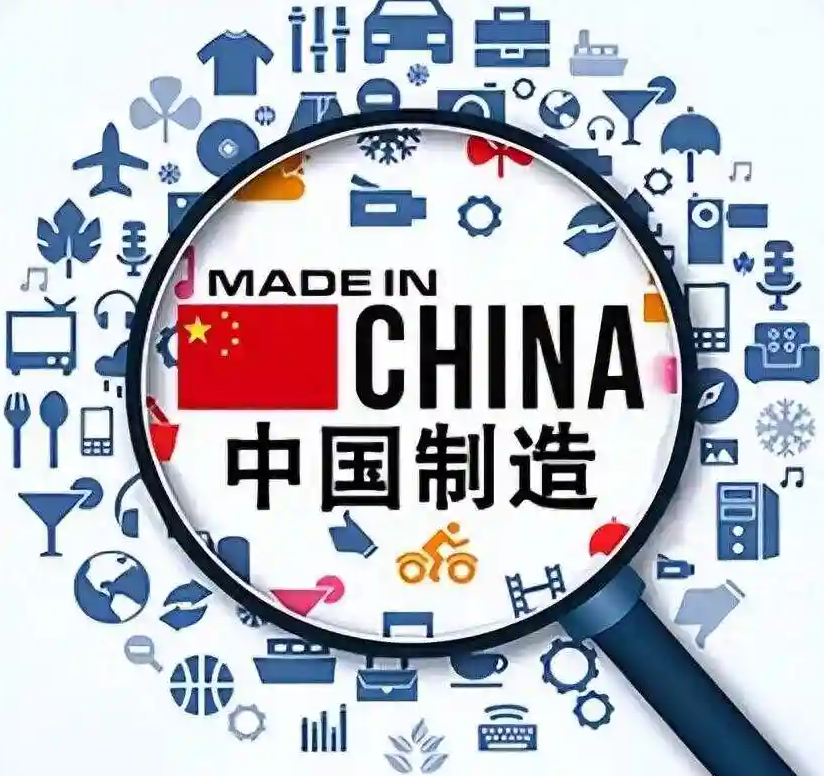
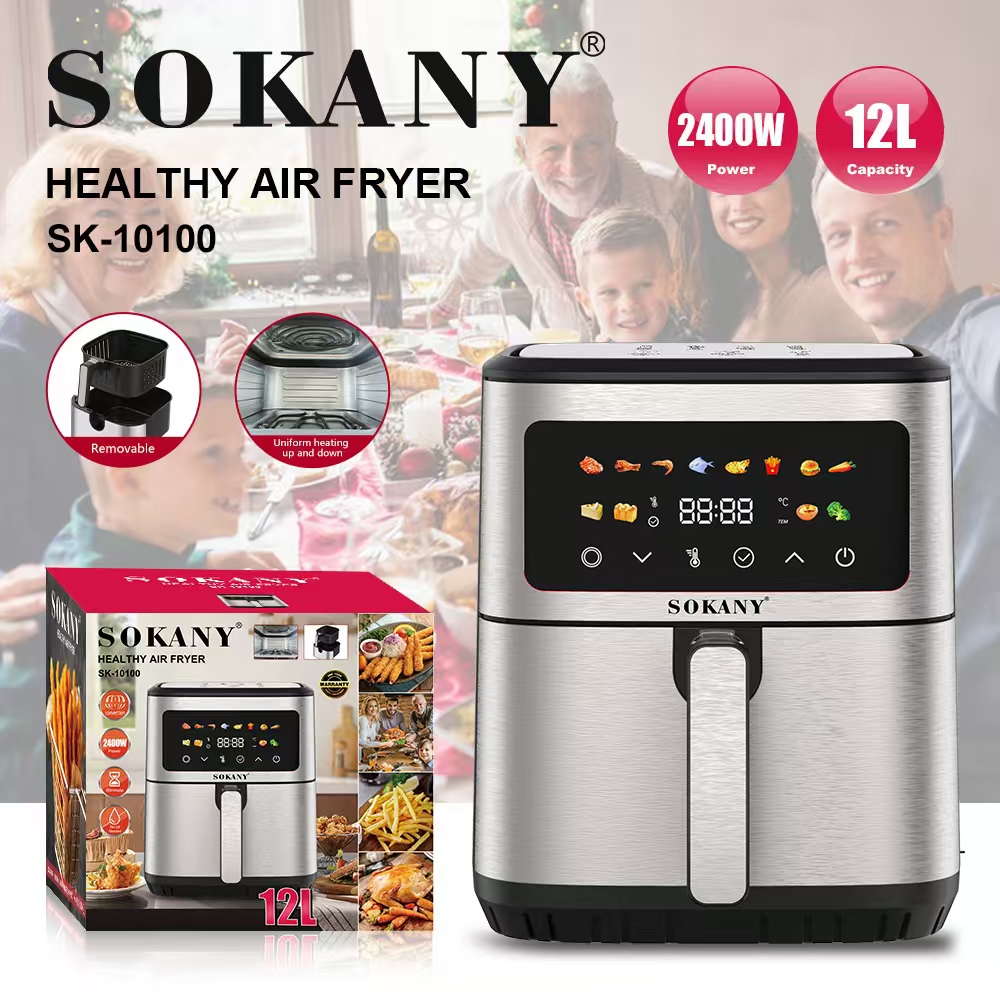
Recent Comments